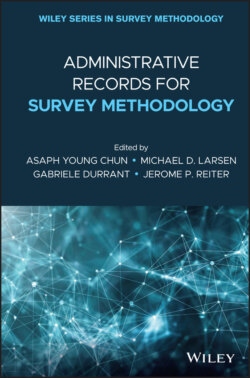Читать книгу Administrative Records for Survey Methodology - Группа авторов - Страница 39
2.3.2.4 Analytical Validity Assessment
ОглавлениеAlthough synthetic data are designed to solve a confidentiality protection problem, the success of this solution is measured by both the degree of protection provided and the user’s ability to reliably estimate scientifically interesting quantities. The latter property of the synthetic data is known as analytical (or statistical) validity. Analytical validity exists when, at a minimum, estimands can be estimated without bias and their confidence intervals (or the nominal level of significance for hypothesis tests) can be stated accurately (Rubin 1987). To verify analytical validity, the confidence intervals surrounding the point estimates obtained from confidential and synthetic data should completely overlap (Reiter, Oganian, and Karr 2009), presumably with the synthetic confidence interval being slightly larger because of the increased variation arising from the synthesis. When these results are obtained, inferences drawn about the coefficients will be consistent whether one uses synthetic or completed data. The reader interested in detailed examples that show how analytic validity is assessed in the SSB should consult Figures 2.1 and 2.2 and associated discussion in Abowd, Schmutte, and Vilhuber (2018).
